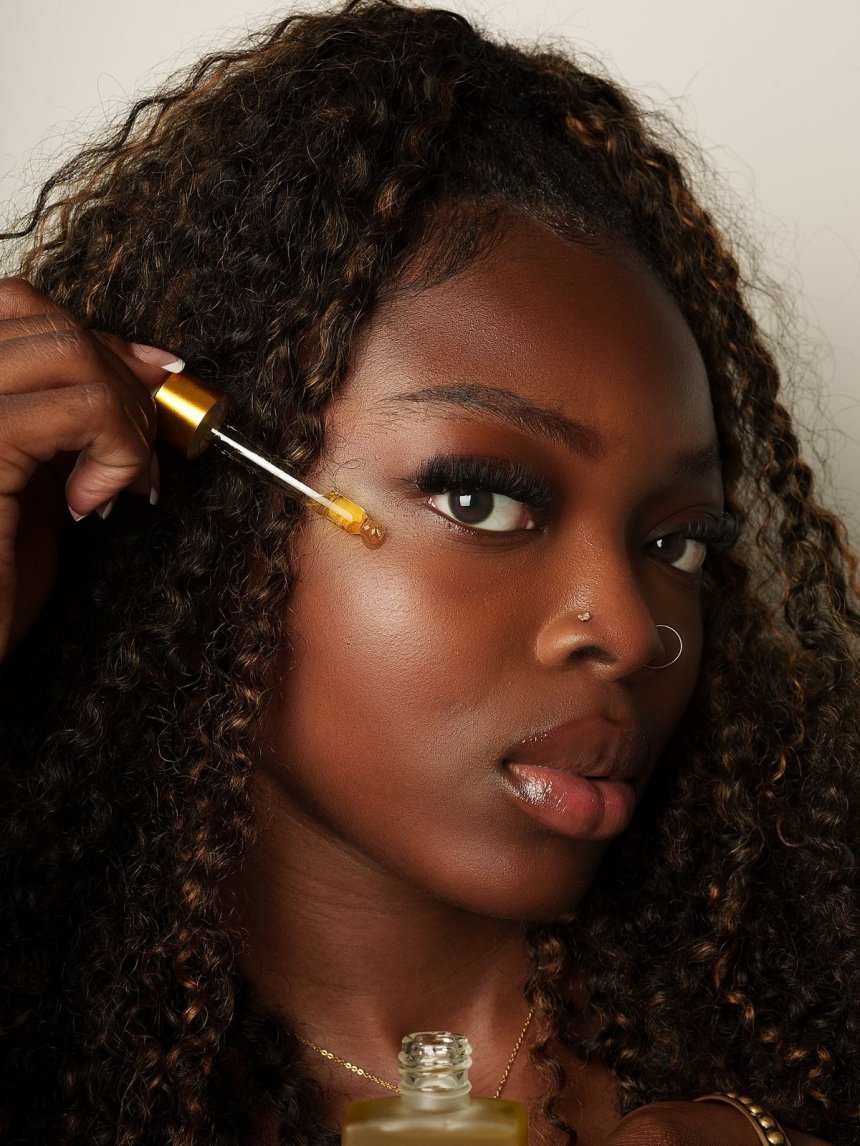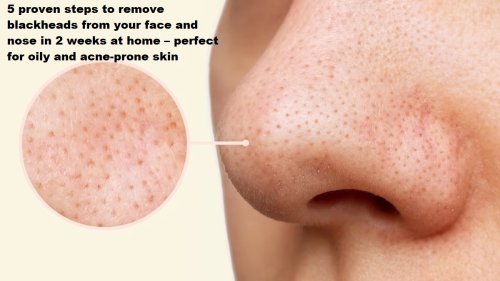Can I Use Salicylic Acid with Retinol? The Truth Dermatologists Want You to Know
Salicylic acid and retinol are powerful skincare ingredients but can you use them together safely? Learn what dermatologists say, how to combine them, and the best routine for clear, healthy skin.

Can I Use Salicylic Acid with Retinol? The Truth Dermatologists Want You to Know
If you’ve been searching for ways to level up your skincare routine, chances are you’ve wondered: “Can I use salicylic acid with retinol?” Both ingredients are powerhouse actives salicylic acid unclogs pores and fights acne, while retinol speeds up cell turnover and tackles fine lines. But when it comes to mixing them, things get tricky. Use them the wrong way, and you could face redness, peeling, or irritation. Use them correctly, and you’ll unlock smoother, clearer, glowing skin.
In this guide, you’ll discover the dermatologist-backed truth about combining salicylic acid and retinol, how to layer them safely, and smart alternatives if your skin is sensitive.
Can I Use Salicylic Acid With Retinol?
Both salicylic acid and retinol target similar skin concerns like acne, clogged pores, and uneven texture. However, using them together at the same time isn’t always ideal.
Here’s why:
1. Increased Irritation Risk: Retinol is already a potent ingredient that can cause dryness, redness, or peeling especially when your skin is new to it. Combining it with salicylic acid, which also exfoliates, can double that irritation.
2. Reduced Effectiveness: Retinol needs to convert into active vitamin A in the skin to work effectively. Using it alongside salicylic acid can interfere with this conversion process.
3. pH Imbalance: Salicylic acid works best in a low pH environment. Retinol, however, can raise the skin’s pH, reducing how well salicylic acid penetrates.
Also Read: 7 Best Toners for Nigerian Skin (2025): Fade Dark Spots and Glow No Matter Your Skin Type
That said, it doesn’t mean you can’t use both. The key is how you use them.
How to Use Salicylic Acid and Retinol Without Irritating Your Skin
If you want to enjoy the benefits of both, here are two safe methods to include retinol and salicylic acid in your skincare routine:
1. Use Them on Alternate Days
Instead of layering them, apply salicylic acid one day and retinol the next. This allows your skin time to recover and reduces the chance of redness or flaking.
2. Use Salicylic Acid in the Morning and Retinol at Night
Retinol increases sun sensitivity, making it best suited for nighttime use. Meanwhile, salicylic acid works well in your morning routine to unclog pores and control oil.
Tip: Always follow with a moisturizer and apply sunscreen daily especially when using actives like these.
Also See: 8 Best Natural Exfoliants for Glowing Skin You Should Know in 2025
Benefits of Salicylic Acid
Salicylic acid, a type of beta-hydroxy acid (BHA), is one of the best exfoliants for oily and acne-prone skin. Derived from willow bark, it helps by:
-
Removing dead skin cells and excess oil that clog pores
-
Reducing blackheads and whiteheads
-
Smoothing rough, bumpy skin texture
-
Minimizing acne breakouts and post-acne marks
In short, salicylic acid deeply cleans pores and keeps your complexion clear and balanced.
See Also: 7 Secret Benefits of Vaseline for Skin Nobody Talks About
Benefits of Retinol
Retinol, a form of vitamin A, is widely used to target signs of aging and acne. It helps by:
-
Increasing skin cell turnover to prevent clogged pores
-
Stimulating collagen production to reduce fine lines and wrinkles
-
Improving texture and evening out skin tone
However, retinol can cause temporary dryness or flaking if overused especially when combined with other actives like salicylic acid. Start slowly, and always moisturize well.
Can You Layer Salicylic Acid and Retinol?
Experts generally don’t recommend layering salicylic acid and retinol in the same routine. The combination can be too strong and may cause irritation, especially for sensitive skin.
If you’re wondering whether you can “mix” them directly the answer is no. Instead, alternate their use or apply them at different times of the day for best results.
Final Thoughts
Both salicylic acid and retinol are powerful ingredients that can transform your skin but only when used correctly. Avoid using them together in one step, give your skin time to adjust, and always follow with hydration and sun protection.
When used wisely, this duo can help you achieve clearer, smoother, and more youthful-looking skin without compromising your barrier.
Share
What's Your Reaction?
 Like
0
Like
0
 Dislike
0
Dislike
0
 Love
0
Love
0
 Funny
0
Funny
0
 Angry
0
Angry
0
 Sad
0
Sad
0
 Wow
0
Wow
0
















